In the 1860s, settlers from England, Germany and Scandinavia began filtering into and along the
Logan River and surrounding districts. They found dense forests growing from generally good soil. Particularly rich was the soil of the Redland Bay District which is said to have had lush
rainforest complete with prized
red cedar.
The labour of clearing the forest was long and arduous. One man with an axe might labour for years to clear an area of land that could support a viable farm. The felled timber would then milled to provide building material for the first houses. Locally milled cedar was used for doors, architraves and other feature work on the early houses, such as the original farmhouse on what was to become Mt Carmel Orchard. The character of the red soil was such that over time, it infiltrated itself into and on farm buildings, giving them a characteristic red tinge.
One early settler was Arnold Friedrich Muller who took up 50 acres (200,000 m
2) of coastal forest north of what is now Point Talburpin. Muller's farmhouse was removed in the 1990s to make way for a stage of the Orchard Beach estate, but its site is still marked by a pair of mature fig trees, planted around 1905, at the top of School of Arts road where it meets Collins Street. While these trees were likely to have been planted for the practical purposes of shading the house from the intense afternoon sun and cold winter westerly winds, they also stand as a symbol of the enduring husband and wife farming partnerships that helped to define the character of Redland Bay.
Arnold's eldest son William was born around 1879, the first white man to be born in the district. He died in 1978 at the age of 99.
The early farms produced sugar cane, pineapples and citrus. The produce was taken to market by horse-drawn wagon at first, then by the steamboats Pearl, Eucalypta, Louisa and Porpoise, operated by one Captain John Burke.
The viability of these crops was reduced as larger farms to the north at
Thorneside,
Cleveland and
Ormiston gained a competitive advantage over Redland Bay, possibly due to access to rail transport. Redland Bay farmers moved towards producing tomatoes, cabbage, cauliflower and passionfruit. These crops continued until farming finally gave way to suburban development around the year 2000.
From 2000, Redland Bay has been increasingly populated. Most farms have been replaced by housing, and has its own set of shops. It is relatively close to Victoria Point, and is only a ferry ride away from the bay islands, such as Russell and Macleay. Source: Wikipedia
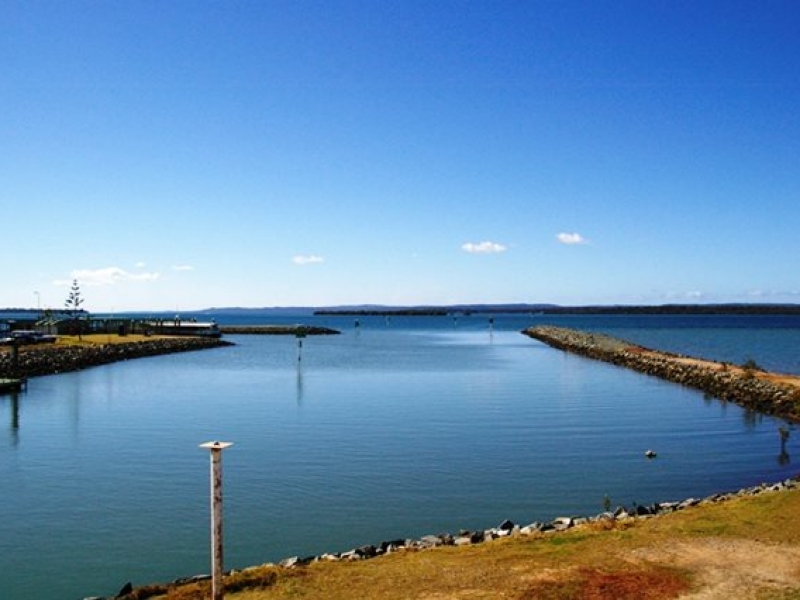
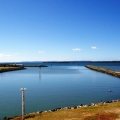
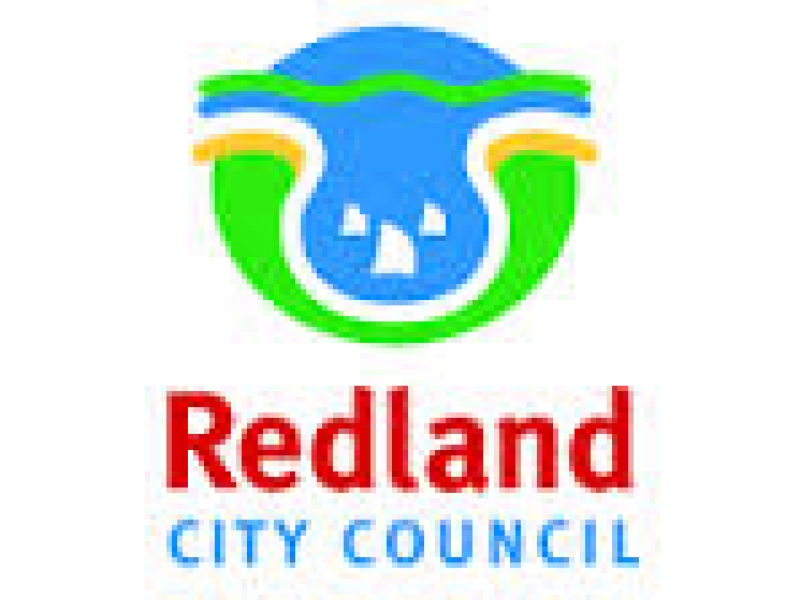

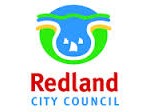


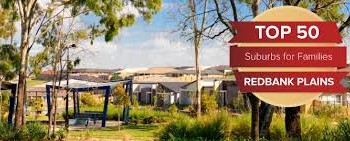

0 Comments